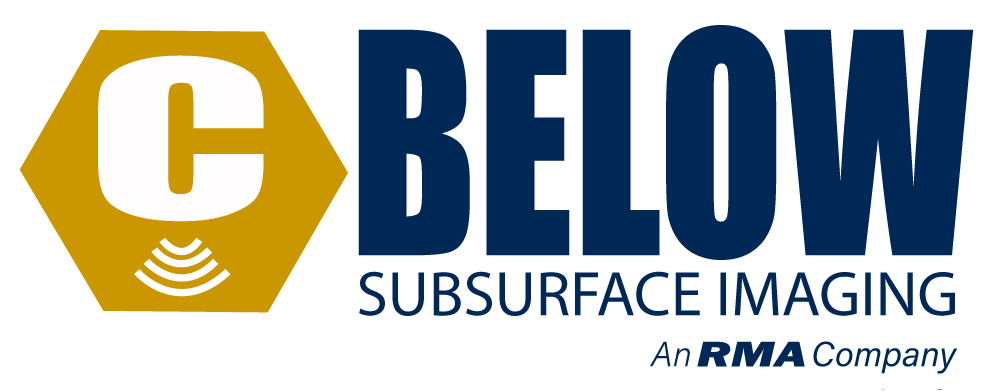CORONA
1385 Old Temescal Rd, Suite 100
Corona, CA 92881
MONTCLAIR
4187 State St Montclair, CA 91763
CARSON
1210 East 223rd St Carson, CA 90745
SAN DIEGO
6976 Convoy Ct, Suite B
San Diego, CA 92111
RANCHO CORDOVA
3150 Fitzgerald Rd Rancho Cordova, CA 95742
CONCORD
5102 Port Chicago Hwy, Suite B Concord, CA 94520
ALBUQUERQUE
8305 Washington Pl N.E. Albuquerque, NM 87113
Copyright © 2009-2024 | All Rights Reserved | C Below, Subsurface Imaging Inc.

